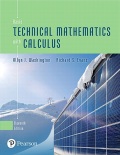
Concept explainers
Whether the following statement is true or false “If
Answer to Problem 1RE
The statement “If
Explanation of Solution
Procedure used:
Procedure for Synthetic Division:
“1. Write the coefficients of
2. Carry down the left coefficient, then multiply it by
3. Add the two numbers in the second column and place the result below. Multiply this sum by
4. Continue this process until the bottom row has as many numbers as the top row”.
Calculation:
Divide the polynomial
The powers of
Carry the left coefficient 3 to the bottom line and multiply it by
Proceed in this similar manner, to find the quotient and remainder.
The numbers presented in the last row denotes the coefficients of the quotient and the remainder.
Thus, the remainder is
Hence, the statement “If
Want to see more full solutions like this?
Chapter 15 Solutions
EBK BASIC TECHNICAL MATHEMATICS WITH CA
 Discrete Mathematics and Its Applications ( 8th I...MathISBN:9781259676512Author:Kenneth H RosenPublisher:McGraw-Hill Education
Discrete Mathematics and Its Applications ( 8th I...MathISBN:9781259676512Author:Kenneth H RosenPublisher:McGraw-Hill Education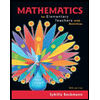 Mathematics for Elementary Teachers with Activiti...MathISBN:9780134392790Author:Beckmann, SybillaPublisher:PEARSON
Mathematics for Elementary Teachers with Activiti...MathISBN:9780134392790Author:Beckmann, SybillaPublisher:PEARSON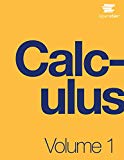
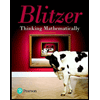 Thinking Mathematically (7th Edition)MathISBN:9780134683713Author:Robert F. BlitzerPublisher:PEARSON
Thinking Mathematically (7th Edition)MathISBN:9780134683713Author:Robert F. BlitzerPublisher:PEARSON Discrete Mathematics With ApplicationsMathISBN:9781337694193Author:EPP, Susanna S.Publisher:Cengage Learning,
Discrete Mathematics With ApplicationsMathISBN:9781337694193Author:EPP, Susanna S.Publisher:Cengage Learning,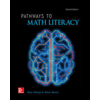 Pathways To Math Literacy (looseleaf)MathISBN:9781259985607Author:David Sobecki Professor, Brian A. MercerPublisher:McGraw-Hill Education
Pathways To Math Literacy (looseleaf)MathISBN:9781259985607Author:David Sobecki Professor, Brian A. MercerPublisher:McGraw-Hill Education





